Submitted by WA Contents
Santiago Calatrava to pay fine for his "gross negligence" on Venice bridge
Italy Architecture News - Aug 16, 2019 - 00:06 18827 views
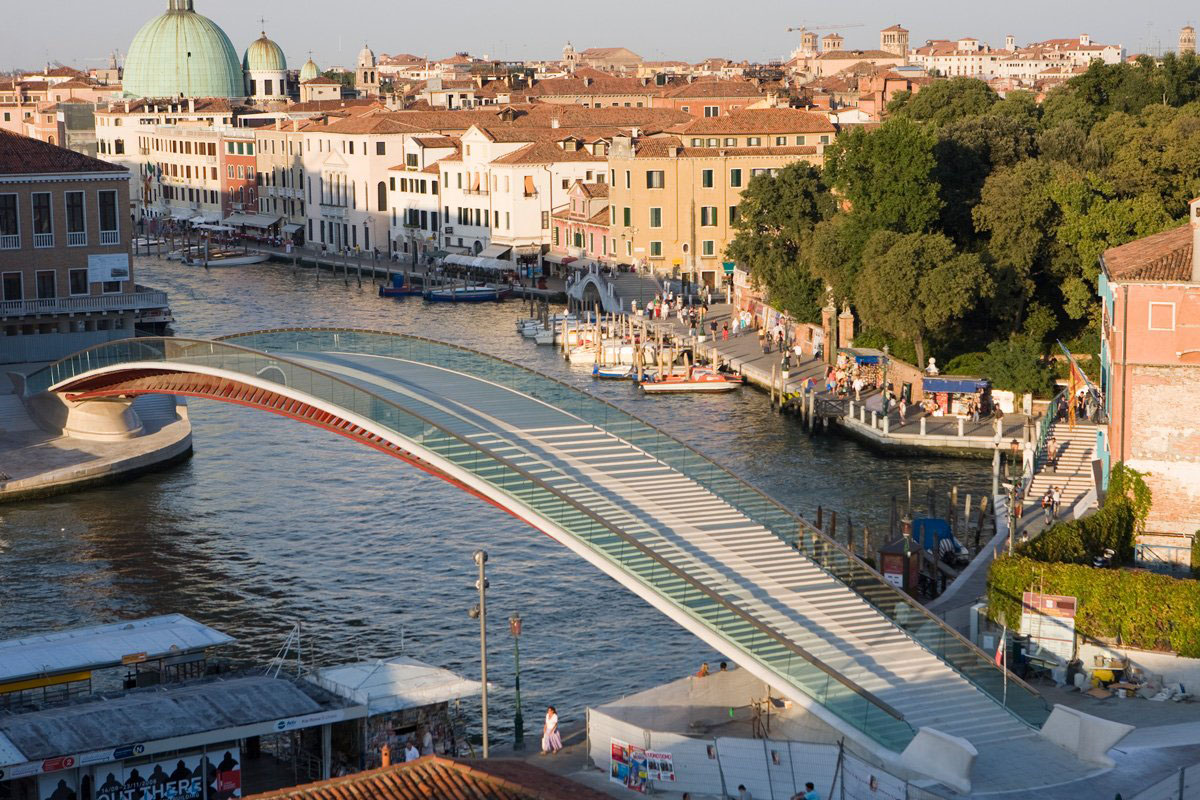
Spanish architect Santiago Calatrava was sentenced to pay a fine for his Quarto Ponte sul Canal Grande (or Constitution Bridge) bridge in Venice, Italy due to "a series of errors" and over costs of the construction of the bridge.
According to a local newspaper El País, an Italian Court ruled the sentence on August 6 and convicted the architect for "his gross negligence" that caused damage to the work. The decision now stipulates the architect to pay 78,000 euros to the public treasury and the engineer Salvatore Vento has also been sentenced to pay 10,989 euros.
The bridge - measuring 94 meters long and a width that varies between 5.58 meters and 9.38 - was inaugurated in 2008 and it has become a controversial project since its opening, that's why the completion of the bridge has seen many delays. The bridge links the train station to Piazzale Roma.
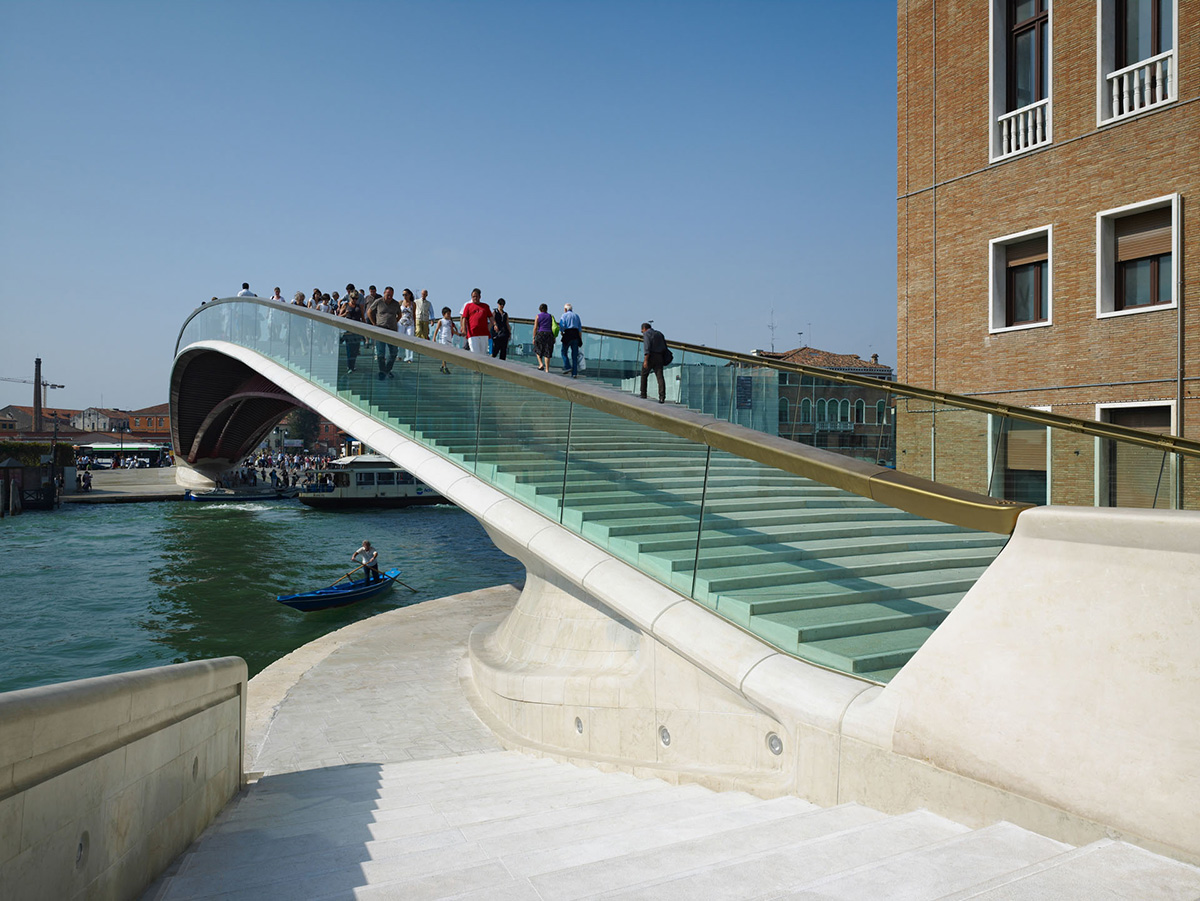
Image courtesy of Santiago Calatrava Architects & Engineers
Reportedly, it's calculated initial construction was 7 million euros but later it has ended with 11.6 million euros. One of the biggest problematic issues of the bridge is its inaccessibility for wheelchair users as well as its glass slippery pavement that caused many people to fall during rain or the fog descends on Venice in the winter.
The steps of Calatrava's bridge and deck of the bridge are made of tempered security glass, natural Istria and Trachite stones, picking up the design of the existing pavement (the abutments, made of reinforced concrete are clad in the same stone). Since the bridge is located in highly pedestrian traffic area, many complaints and heated criticism stirred controversy about the bridge for many years.
Now years after its completion, the judges spoke of "macroscopic negligence" in the design of the project that resulted in the cost and in several modifications since its inauguration, reports El País.
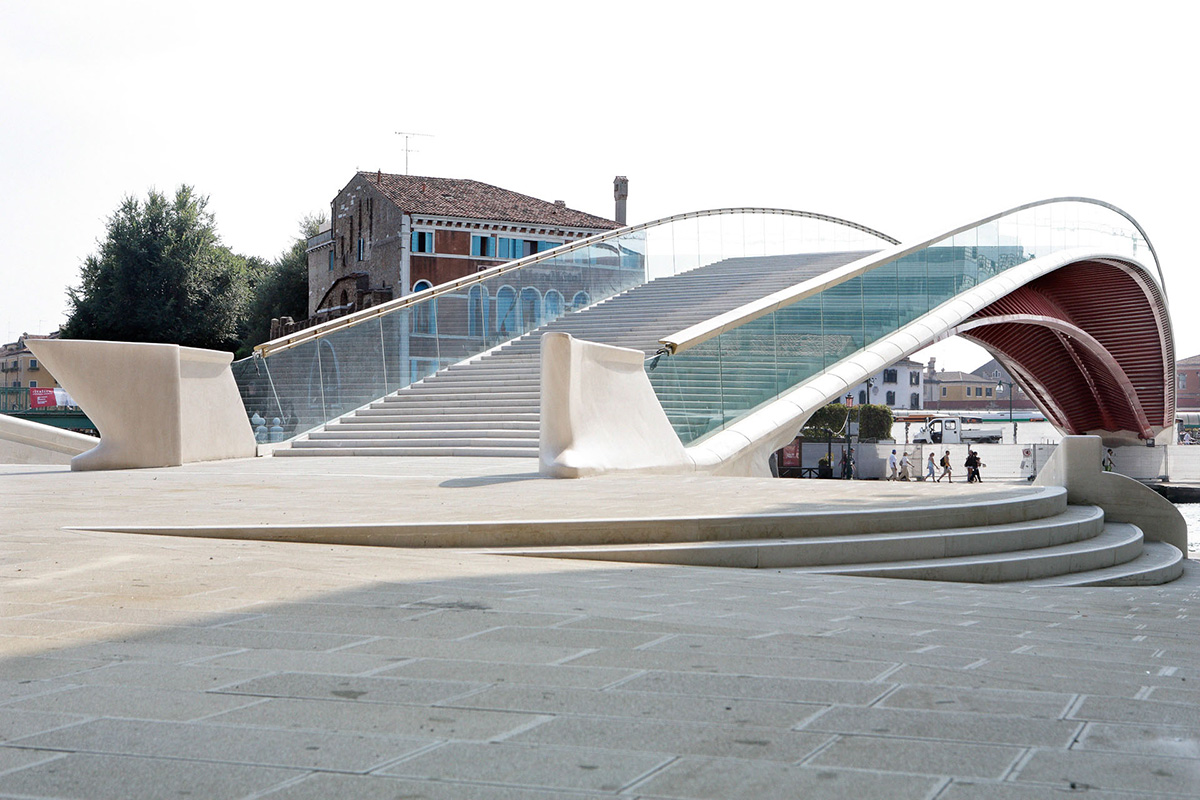
Image courtesy of Santiago Calatrava Architects & Engineers
They also evaluated the case as an "even more serious" circumstance because the judges stated that the work was assigned to an "esteemed professional of world-wide reputation and of very high competence, with a long and proven experience in the construction of bridges".
The Telegraph also reported that the judges said the steel tubes in the bridge were too small and some of the glass stairs, which were supposed to last at least 20 years, had already had to be replaced. "The original lack of disabled access on the bridge was addressed with the addition of an egg-shaped glass cabin, which ran along one side of the bridge on rails."
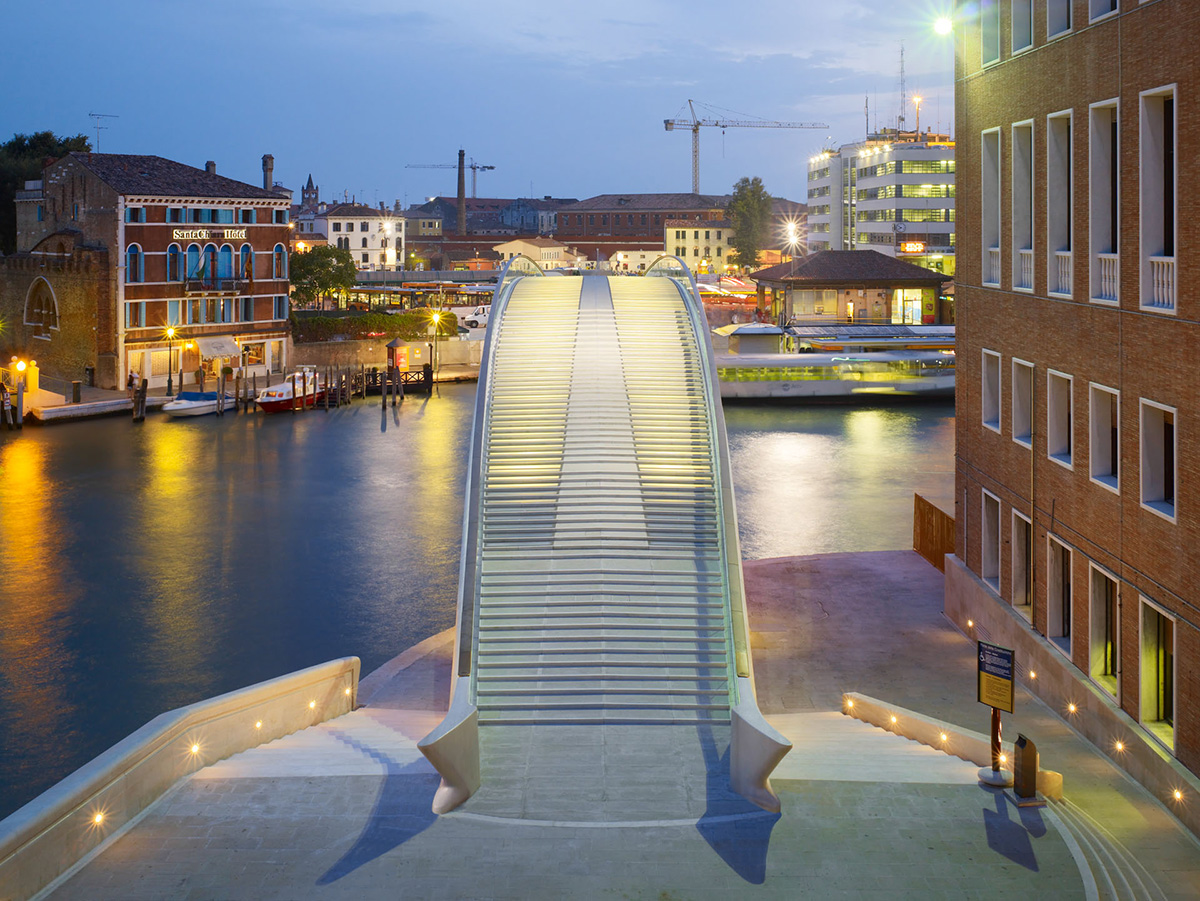
The Telegraph requested a comment from Mr Calatrava’s office in Zurich but the office did not respond to requests for comment, according to the newspaper.
"Responding to criticism a decade ago when the bridge was completed, he said he had been responsible for the design of the project, not its execution," stated The Telegraph.
"My work is limited to the aesthetic. I had no influence in the selection of the contracting company that built the structure. A lot of things have happened that are out of my hands," Calatrava had said.
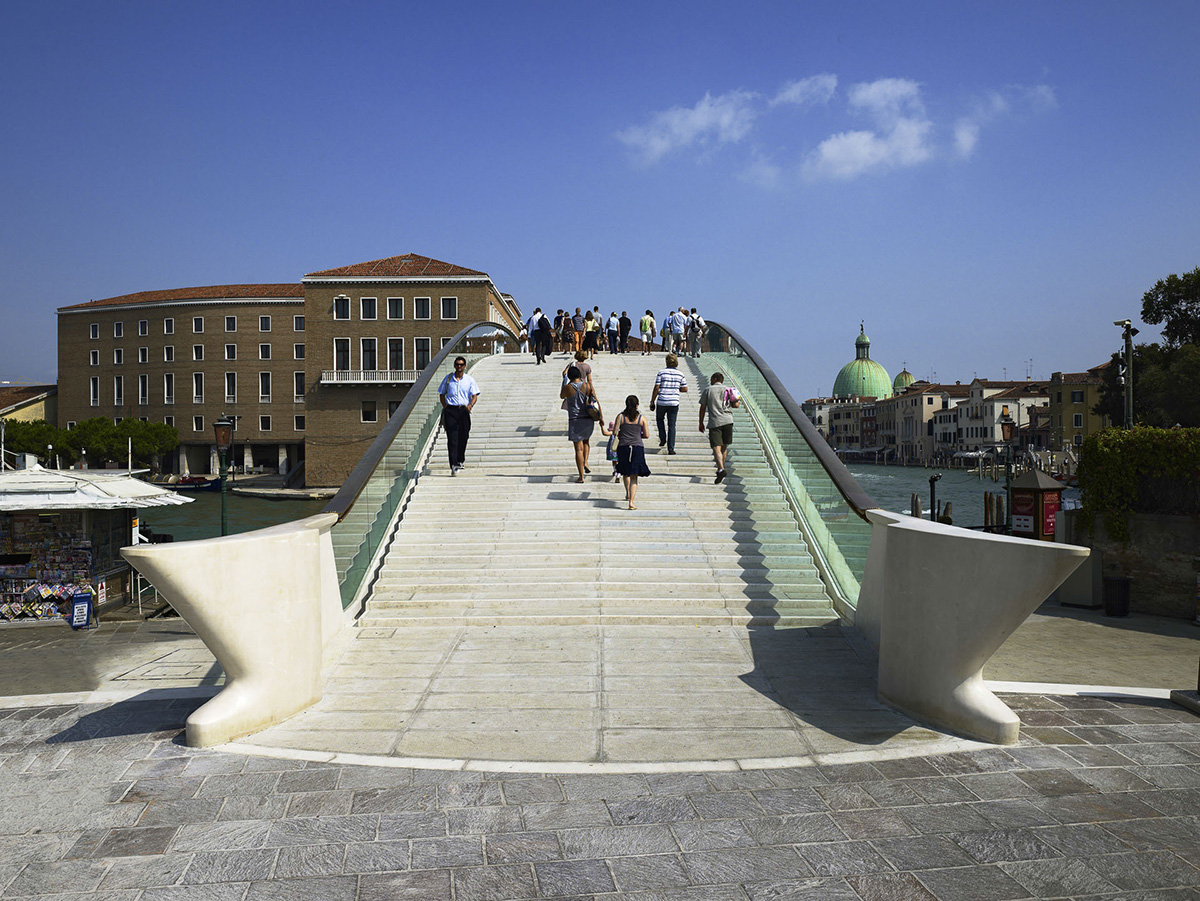
Having completed 35 bridges in total in his entire career until now, Calatrava is known for his "extraordinary bridges" built around the world as well as his railway stations, universities, museums and high-rise buildings. But this is not the first case for Calatrava that he was exposed to some fines for extra costs and litigation in the works.
El País also reported that in 2016, the Supreme Court condemned the architect to pay 2.9 million euros to the promoter of the Palacio de Congresos de Oviedo for his “negligent” behavior that caused damage to the work. The budget of another bridge, in this case in Jerusalem, doubled, which sparked protests from citizens.
In addition, the complex of the Palau de les Arts had a cost of 465 million euros, four times more than expected, and the roof tiles began to come off in 2013, seven years after the inauguration.
Top image courtesy of Wikimedia
> via El País
